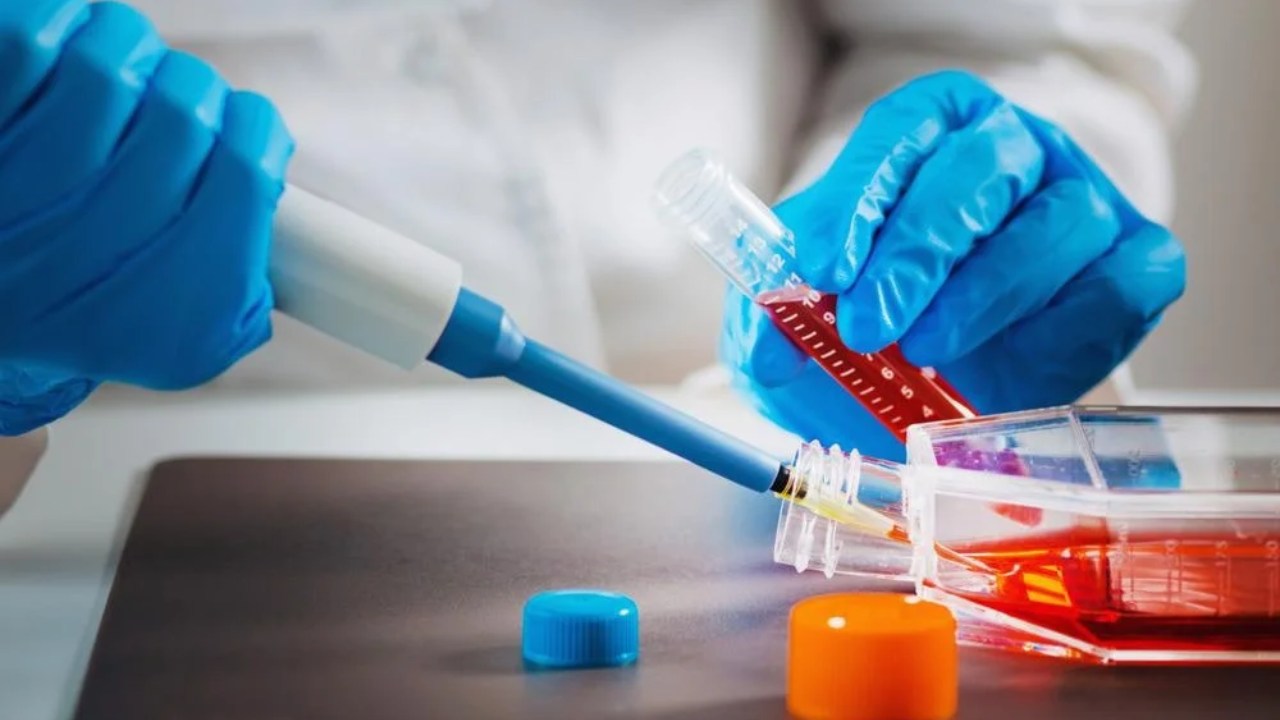

Breast cancer is fatal in more ways than one. Even the courageous women who manage to live have severe physical and emotional anguish as a result of the therapy. During breast cancer procedures, the tumor breast is frequently completely or partially removed. The changed anatomy of the survivor frequently leaves them with significant damage. According to WHO figures, 2.3 million women worldwide receive a breast cancer diagnosis each year, leading to a startling 6,85,000 fatalities. Breast cancer accounted for 13.5% of all cancer cases and 10.6% of all cancer-related deaths in India. In the majority of cases of breast cancer, the cancerous breast required substantial surgical removal. After that, chemotherapy and radiation were used to eliminate any leftover cancer cells.
Unfortunately, radiation and surgery frequently cut off the blood flow to the residual skin and soft tissues over the chest region in all heroic cancer survivors. As a result, over certain areas, severe ulcers develop that do not go away despite repeated treatments. The courageous cancer survivors occasionally have to scurry from help to help, frequently with little success. Tissue engineering, a novel cutting-edge therapy approach, is rapidly gaining popularity in biomedicine. Tissue engineering is a rapidly evolving field that combines cutting-edge medical science, engineering, and sophisticated biology. It has captured the attention of many eminent medical professionals and researchers.
What Is 3D Tissue Engineering, And How Does It Help?
1. A branch of biomedical engineering and reconstructive surgery is tissue engineering. By mixing body cells, tissue scaffolds, and activated growth factors, alludes to a special and cutting-edge technique for creating new tissues in the body.
2. After cancer surgery, radiation therapy is the conventional treatment that kills the healthy cells and tissues that surround the malignant area. Following radiation treatment, normal tissue fragments and the blood supply to these tissues are cut off, resulting in gaping ulcers on a sizable portion of the skin that do not heal properly.
3. Flap surgery, which traditionally entailed many incisions and sutures over the usual parts of the body, was practiced. It was linked to discomfort, protracted hospital stays, prolonged procedures, and high total expenses. But today, a compelling sophisticated therapy alters everything.
4. Growth factors help cells move from the normal parts of the body to the afflicted area through a tissue scaffold. In order to repair severe bodily abnormalities, new tissues and cells are therefore produced.
Source: the health site
Also Read: Breast Cancer Warning Signs: Check Out
In today's article, we will learn the importance of happiness and how to maintain it…
Today, we will look at three common mistakes couples make in their relationships regarding intimacy…
In this article, we will learn about the simple ways that can help one overcome…
Check out the list of couples' biggest relationship mistakes in this article.
In this article, we will learn about anxiety and how one can handle it in…
In this article, you will understand the horrifying effects of child abuse.